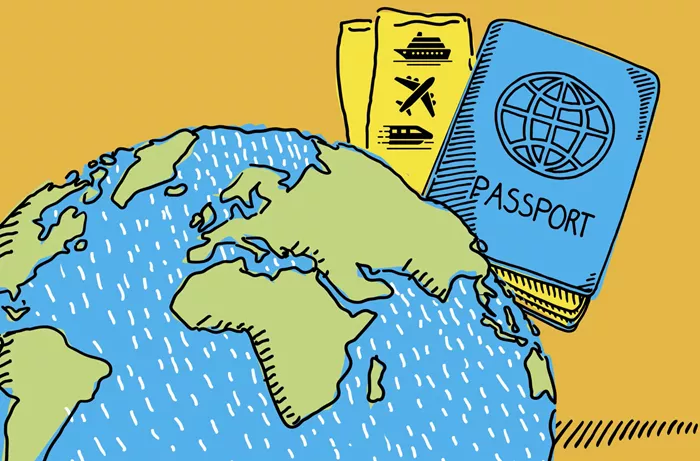Navigating the U.S. immigration system can be complex, especially when it comes to applying for waivers. Many individuals may find themselves needing an immigration waiver to overcome certain inadmissibilities that prevent them from entering or remaining in the United States. Understanding how long these waivers take to process is crucial for planning and managing expectations. This article will detail the factors that influence the timeline of an immigration waiver application, common types of waivers, and what applicants can do to expedite the process.
What Is an Immigration Waiver?
An immigration waiver is a legal provision that allows individuals who are inadmissible to the United States to request forgiveness for certain grounds of inadmissibility. These waivers can apply to various situations, such as:
Criminal Convictions: Individuals with certain criminal records may need a waiver to enter or stay in the U.S.
Unlawful Presence: Those who have overstayed their visas or entered the country illegally often require waivers.
Fraud or Misrepresentation: Individuals who provided false information during the visa application process may need a waiver.
Each waiver has specific eligibility requirements and procedures, which can affect the processing time.
Typical Processing Times for Immigration Waivers
The processing time for immigration waivers can vary significantly based on several factors:
1. Type of Waiver Requested
Different waivers have different processing times. Common waivers include:
I-601 Waiver (Application for Waiver of Grounds of Inadmissibility): This waiver is often used for those who are inadmissible due to criminal activity or unlawful presence. Processing can take several months, typically between 6 to 12 months.
I-601A Waiver (Provisional Unlawful Presence Waiver): This waiver is for individuals who are in the U.S. unlawfully and wish to apply for a visa abroad. It is often processed faster than the I-601 waiver, usually within 3 to 6 months.
I-212 Waiver (Application for Permission to Reapply for Admission): This waiver is for individuals who have been previously removed from the U.S. Processing times can vary, often taking 6 to 12 months or more.
2. USCIS Processing Times
The United States Citizenship and Immigration Services (USCIS) provides estimated processing times on its website, which can fluctuate based on their workload and staffing. Factors such as changes in immigration policies or unexpected surges in applications can affect overall processing times.
3. Completeness of Application
Submitting a complete and accurate application can significantly affect processing times. Incomplete applications or those requiring additional documentation often lead to delays. To avoid this, applicants should carefully follow all instructions and include all necessary supporting documents.
4. Background Checks and Additional Reviews
Immigration waivers typically involve background checks and reviews. If the application raises any red flags, it may undergo additional scrutiny, extending the processing time. This is especially common for cases involving criminal history or complicated immigration histories.
5. Consular Processing vs. Adjustment of Status
The location of the application also plays a role in processing times. Applications made through U.S. consulates abroad can differ from those made through USCIS for adjustment of status. Consular processing times can vary widely based on the specific U.S. embassy or consulate’s workload.
Steps to Expedite the Waiver Process
While there is no guaranteed way to speed up the waiver process, applicants can take certain steps to minimize delays:
1. Prepare a Thorough Application
Carefully gather all required documentation and ensure the application is complete. Double-check for any errors or missing information.
2. Seek Legal Assistance
Hiring an experienced immigration attorney can help streamline the process. They can ensure that the application is correctly completed and that all relevant factors are considered.
3. Monitor Processing Times
Regularly check the USCIS website for updates on processing times. Staying informed can help applicants know when to follow up on their cases.
4. Respond Promptly to Requests for Evidence (RFEs)
If USCIS issues a Request for Evidence, respond as quickly and thoroughly as possible. Delays in responding can significantly extend the processing time.
Conclusion
Understanding how long an immigration waiver takes involves recognizing the various factors that influence processing times. While the timeline can range from a few months to over a year, applicants can take proactive steps to help ensure their applications are processed efficiently. By preparing a thorough application and seeking legal guidance, individuals can navigate the complexities of the immigration waiver process with greater ease. Always consult with a qualified immigration attorney for personalized advice based on individual circumstances.
Related topics:
- What Benefits Are Immigrants Entitled To?
- How Long Does the Immigration Process Take?
- What Immigration Lawyers Do on a Daily Basis?


